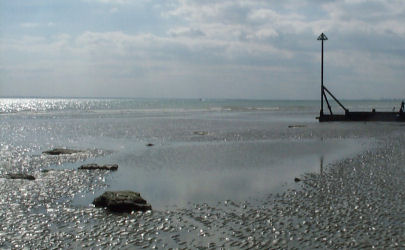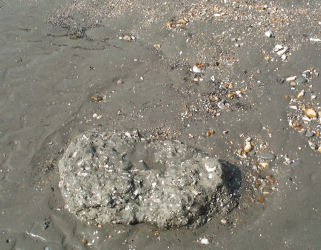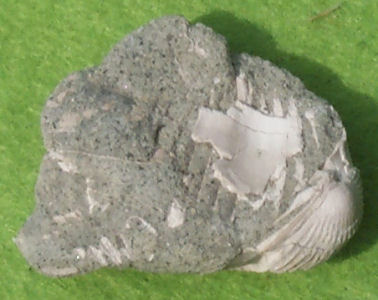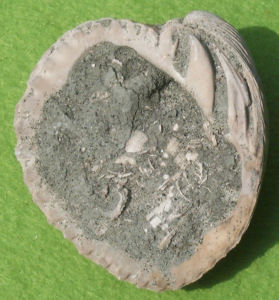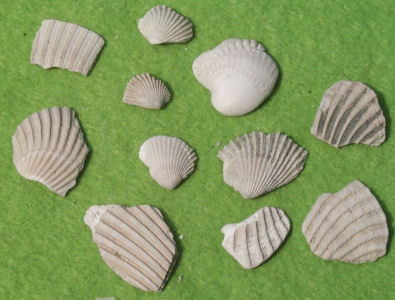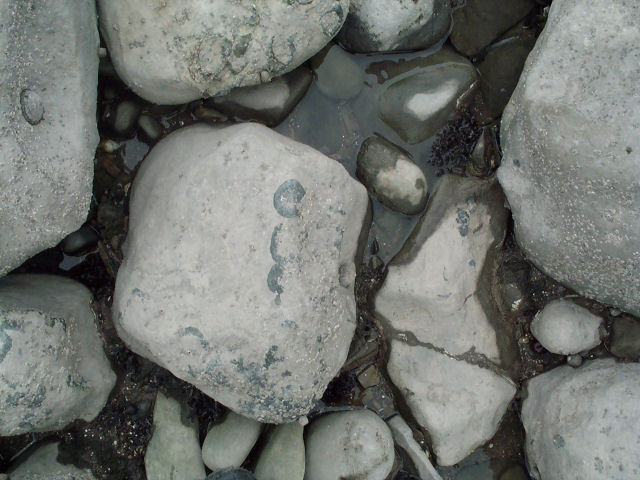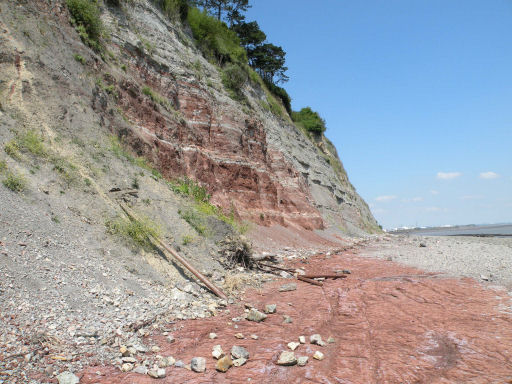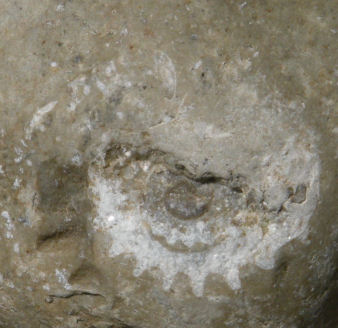
Where to find fossils in England
Here are some places that you can find fossils in England, and some museums where you can look at fossils.
Fossil hunting can be a dangerous process. Some good sites are beaches, since the sea erodes the cliffs where the fossils are. But you can be cut off by the tide coming in, or an eroding cliff can end up falling on you! Also serious fossil hunters often use geological hammers to break up rocks. These can be dangerous, and in some places they are forbidden. These fossil hunting sites give safety tips. They also give a lot more information about where you can go and what you should do.
| General Information | Discovering Fossils (includes UK fossil locations) |
|---|---|
| UK Fossil Network (includes where to find fossils) |
| Identification | Free Fossil Identification describes common fossils and offers to identify fossils for you |
|---|
Museums
Some of these museums have large collections of fossils. Some offer a fun introduction to dinosaurs for families. Some have small collections of local fossils. They may identify any fossils that you find or local fossil walks. Consult their websites or contact them to find out about them and what they offer. The map shows where they are.

| Bristol - Museum and Art Gallery |
| Cambridge - Sedgwick Museum of Earth Sciences |
| Dorset - Dinosaur Museum, Dorchester |
| Dorset - Philpot Museum, Lyme Regis |
| Dorset - Dinosaurland, Lyme Regis |
| Glasgow - Fossil Grove, Victoria Park |
| Isle of Wight - Dinosaur Isle, Sandown |
| Kent - Maidstone Museum & Bentlif Art Gallery |
| Lincolnshire - North Lincolnshire Museum, Scunthorpe |
| London - Natural History Museum |
| Oxford - Museum of Natural History |
| Shropshire - Much Wenlock Museum |
| Somerset - Radstock Museum |
| Sussex - Chichester District Museum |
| West Midlands - Lapworth Museum, Edgbaston |
| West Midlands - Dudley Museum & Art Gallery |
| Yorkshire - Hull and East Riding Museum |
| Yorkshire - Whitby Museum & Library |
Good places to hunt fossils
Some of these websites are rather technical, and some are just tourist information. Still they indicate where the good places are and what you may find. I suggest that you contact local museums for more information, and these might even run local fossil walks or workshops for hunting fossils. Consult the general information websites for more areas, and more information about these areas.
| Bristol - Avon Gorge |
| Derbyshire - Peak District including Castleton |
| Dorset and East Devon - Jurassic Coast |
| Essex - Walton-on-the-Naze |
| Hampshire - Baron and Highcliffe |
| Isle of Wight - Isle of Wight Geology |
| Kent - Folkestone |
| Sussex - Bracklesham Bay |
| West Midlands - Wren's Nest National Nature Reserve in Dudley |
| Yorkshire - Dinosaur Coast |
Finally, you can buy excellent, cheap fossils at many rock shops and museum shops around the country, especially near known fossil locations. It doesn't have the thrill of finding your own, but the quality is likely to be better! It is an excellent way to handle fossils and learn about them.
The following places are not especially wonderful. It's just that I've been there, and they aren't the usual places (Lyme Regfis, Whitby...)
